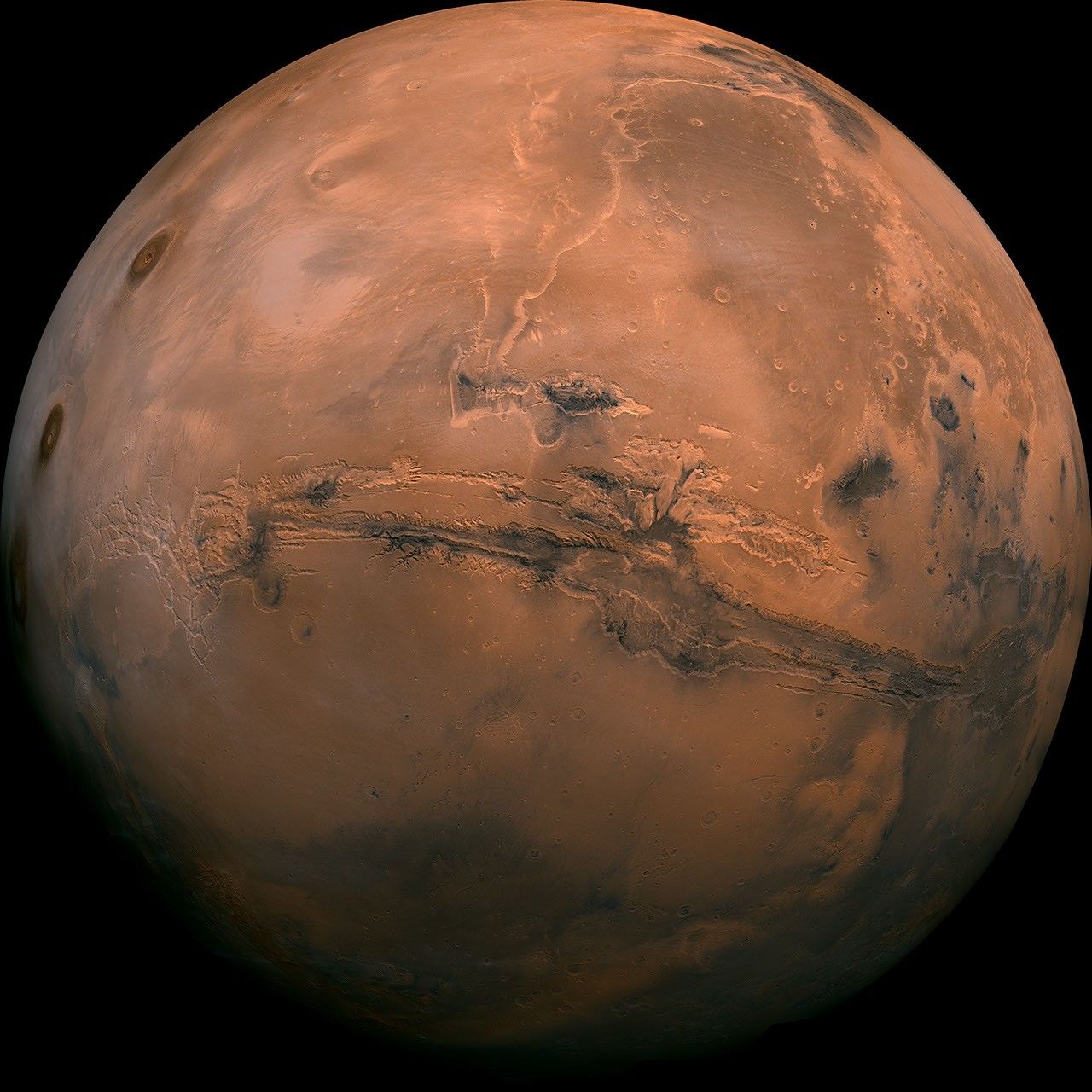Nasa
1M
278

Image Credit: Nasa
NASA: New Study on Why Mars is Red Supports Potentially Habitable Past
- A new study funded by NASA provides evidence that Mars may have had a cool, wet, and potentially habitable climate in the past.
- Research suggests that Mars' red dust is likely due to the presence of water-rich iron mineral ferrihydrite.
- Ferrihydrite formation indicates Mars could have sustained liquid water before transitioning to a dry environment billions of years ago.
- The study highlights coordinated research between NASA and international partners in exploring Mars' habitable past.
- Data from Mars missions and laboratory experiments support the theory of ferrihydrite's role in Mars' coloration.
- The study aims to understand ancient Martian climate, chemical processes, and potential habitability for life.
- Future Mars samples could conclusively test the proposed formation model for Mars' reddish dust.
- The return of samples from Mars, such as those collected by the Perseverance rover, will provide valuable insights.
- The study opens doors for applying mineral formation principles, awaiting confirmation from Mars samples analysis.
- Laboratory experiments and spectral measurements help researchers explore Mars' environmental history and conditions.
Read Full Article
16 Likes
For uninterrupted reading, download the app